Formula 1 Portraits: Gli anni sessanta/The Sixties
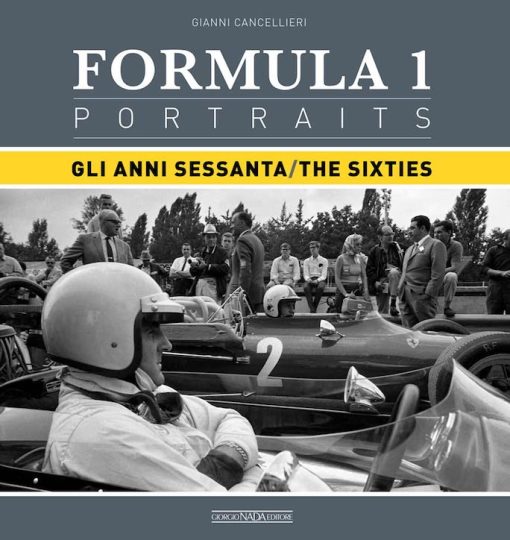 by Gianni Cancellierii
by Gianni Cancellierii
“What has gone before in this book is a kind of ‘anthology’ illustrating the careers of 12 drivers who were at their very best in the Sixties of the last century. As with all anthologies, there is inevitably something arbitrary about the selection: there are seven World Champion drivers and a further five who never won the title but came close on numerous occasions (Stirling Moss) or just once (Lorenzo Bandini, Dan Gurney, Bruce McLaren, Wolfgang von Trips). The exclusion of this or that name has been accompanied by doubts and discussions that naturally arise from personal passions and preferences.”
(Italian / English) It’s always reassuring if an author preemptively diffuses an inevitable argument. That it occurs as late as p. 244 of 280 may hamper its effectiveness, but better there than not at all. And the reason it is there is because that page is the demarkation point between the in-depth, pages-long coverage of the twelve and the paragraph-long mini bios of 58 additional figures.
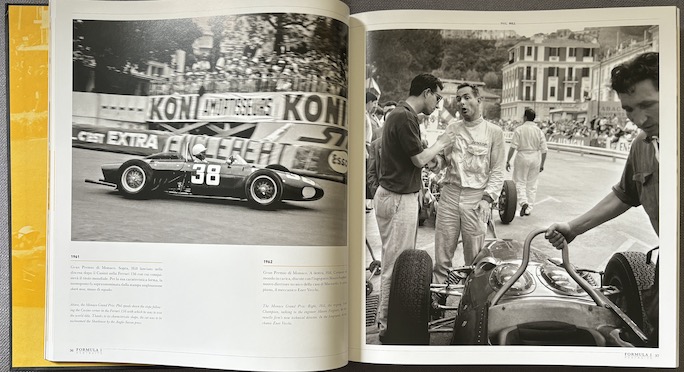
How to read the body language? Phil Hill (r) and Mauro Forghieri are obviously talking over each other (1962, Monaco). Even the mechanic in the foreground is identified in this picture.
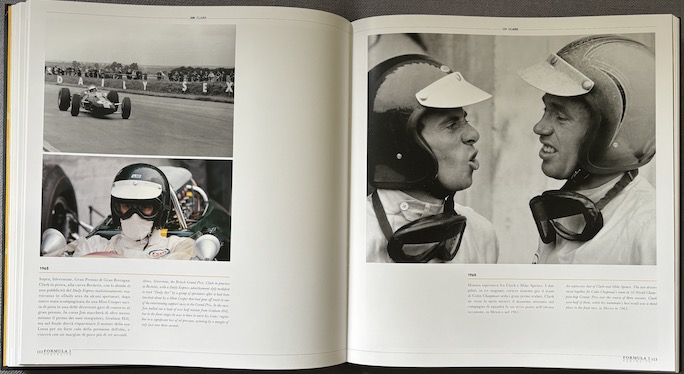
And what’s the beef between Jim Clark (l) and Mike Spence, or are they just shouting over the noise??
If you look at those marquee names—add to the list above those of Jack Brabham, Phill Hill, Graham Hill, Jim Clark, John Surtees, Denny Hulme, and Jackie Stewart—you may wonder if there is anything new to say about them, but that is not this book’s primary purpose. It is the photos that take top billing, because they have not been previously published. The back cover is the only place in the book that mentions the photographer by name, and the name tells the uninitiated just about nothing: Franco Villani (1932–1992) of Bologna, active from the 1950s onwards, worked for all the major automobile / motorsport magazines and had a special relationship with Enzo Ferrari. His name has cropped up in books by this publisher, Giorgio Nada Editore, several times in recent years because they acquired the Villani archive of over 300,000 photos in 2016 and right away began the immense process of digitizing and curating the photos, and then using them in their books. No matter how many books about the people covered here you have already, the Villani photos, especially those of people, are uncommonly well observed and so add immeasurably to broadening the perspective.
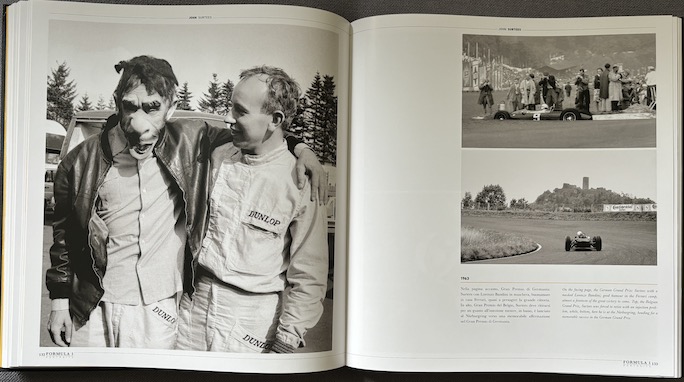
So one of the guys is the Son of the Wind, “Big John” Surtees. But who’s the guy in the leather jacket? Not to worry, Cancellierii tells you, and good thing he does because you’d never have known it on your own and maybe not even noticed he’s wearing a mask. (1963, German GP)
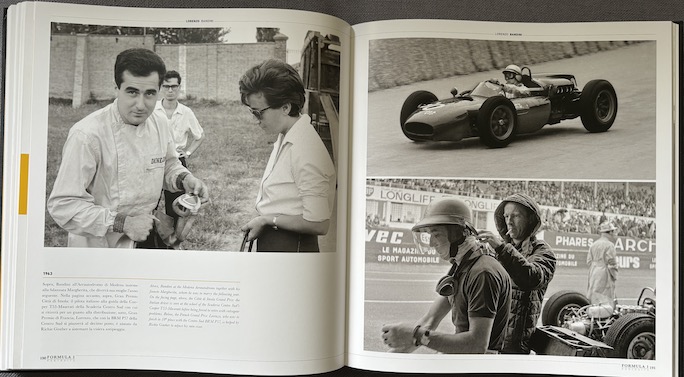
Well, it’s this fella, fifty pages later and in his own chapter. Recognize him? The woman is his fianceé, Margherita, whom he would marry later that year (1963). Four years later she would be his widow, and one year after that she would hand out a commemorative trophy at the same track that had taken her husband Lorenzo Bandini’s life. The 1960s may have been the Golden Years in terms of technology but they were also the cruellest. In fact, one of the most sobering realizations you will have in this book is too see so many drivers’ short lifespans.
The word “portraits” in the title should not be taken to mean portraiture; rather, these are fully rounded multi-layered motorsports images of everything and anything that caught Villani’s eye. This a big book, about 11.5 x 12″, and many photos are given an entire page to themselves to shine. The captions precisely describe who and what is in the photo. Still, the more a reader knows already, the more of a ripple effect they have in terms of connecting bits of history.
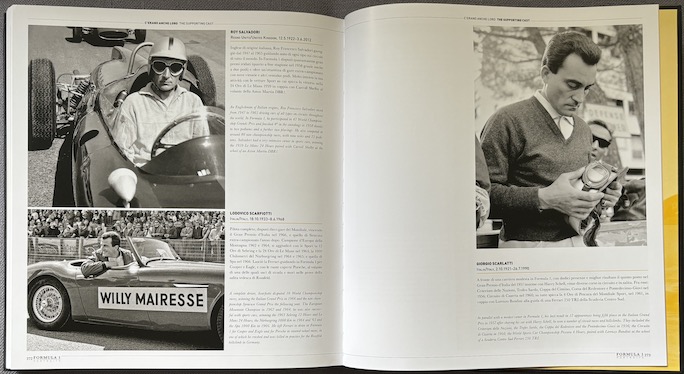
This spread is an example of the mini bios. It is also an example that Cancellierii knows what’s what: the decal on the car says Willy Mairesse but the caption talks about Ludovico Scarfiotti because that is indeed who’s being driven around here.
Cancellierii (b. 1934) s a seasoned Italian motorsports writer with 50-odd books to his name, and as many collaborations. Pertinent to this book, he has for many years been editor of Giorgio Nada’s book series “Racing Lives.” He starts with a fine, concise recap of the whole of F1 racing, and then introduces each of the 12 main protagonists with salient commentary, often including their own words. The photos then follow in chronological order by event but the point of this exercise is not to offer a soup-to-nuts history of the arc of F1 racing but to be specific to the man, and selective at that. In other words, it is the existence of each specific photo that dictates what is being written. The vast majority of the races covered are, for instance, in Italy with only occasional forays into wider Europe or overseas.
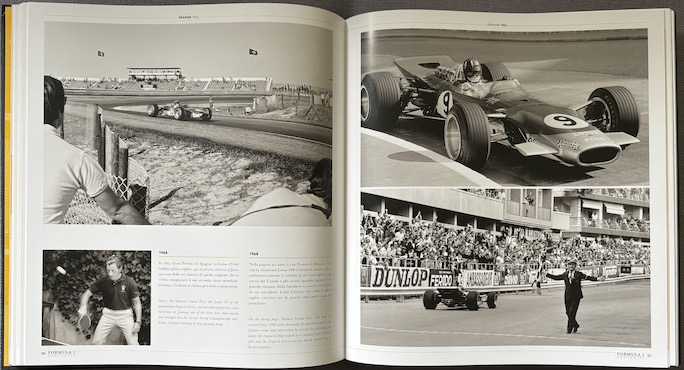
Bonus point if you recognize who’s waving the checkered flag. (Louis Chiron)
Photo reproduction, printing, and binding are of the usual high Giorgio Nada standard. In any book with large photos the coating of the paper has a huge impact on both reflections and fingerprint-resistance, and everything is properly done here. Also, since none of the photos cross the gutter, no detail is lost. At full retail this is not a cheap book but it is so worth it, and while there is never a straight apples-to-apples comparison it is not merely a subjective call to say it is “better” than many.
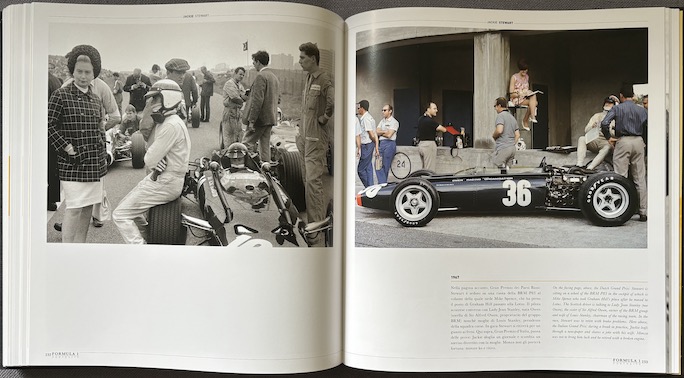
Conjure up an image of a current F1 car and compare it to the impossibly sleek shape of the car on the right. No fins, no winglets, no advertising. The gist of this photo is to document a shared laugh between suited-up Jackie Stewart (reading a newspaper) and his wife.
And the left page is another fine example of Cancellierii identifying everyone even if they play only minor roles in the motorsports circus: the lady on the left is given a name surely not just because she’s an actual Lady—Jean Stanley, wife of BRM chairman Louis Stanley and sister of BRM owner Sir Alfred Owen.
The standard edition was printed in 1900 unnumbered copies but there is also a Collector’s Edition of 99 numbered and autographed copies, slipcased and with certificate of authenticity.
One peculiarity of Giorgio Nada books of recent years is that the spine of the hardcover is blind-stamped, meaning no foil is used, meaning if you are in the habit of shelving your books without the dustjacket you’ll have a hard time telling this book from its shelf mates at a distance.
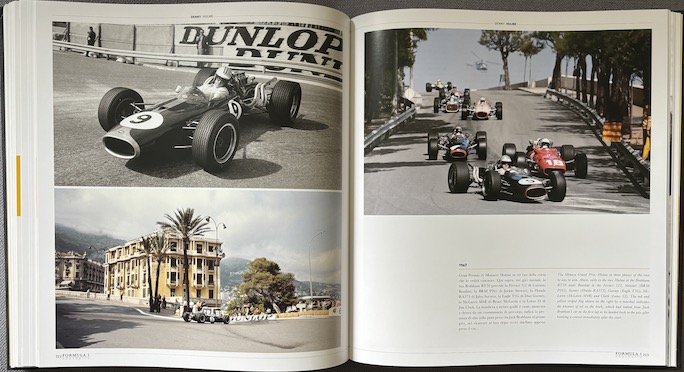
What’s most remarkable about the photo on the right is the helicopter in the background. It gives you a good sense of how high this corner at the Monaco GP is, something that TV viewers did not really get to appreciate until current F1 owner Liberty Media forced the matter by threatening to boot Monaco from the calendar if they didn’t permit overhead filming.
Copyright 2024, Sabu Advani (Speedreaders.info)


 RSS Feed - Comments
RSS Feed - Comments



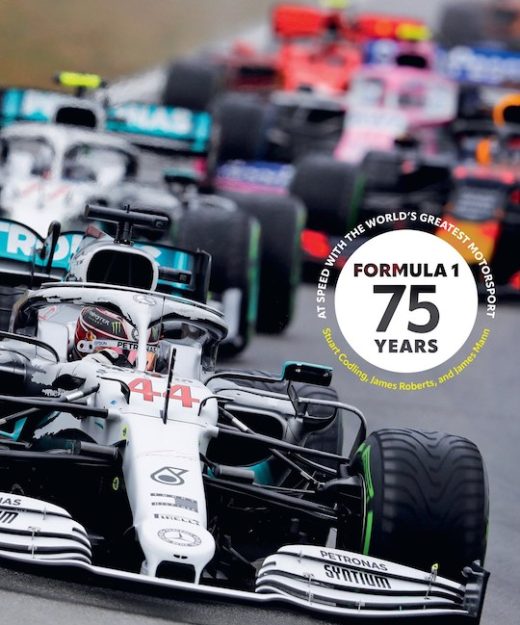

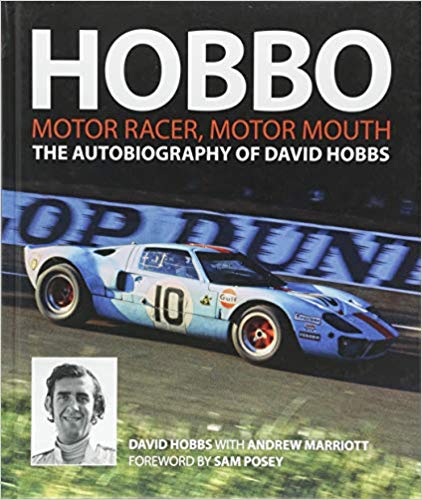

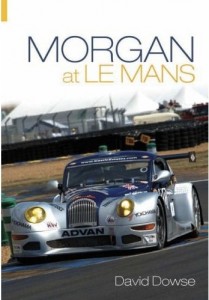


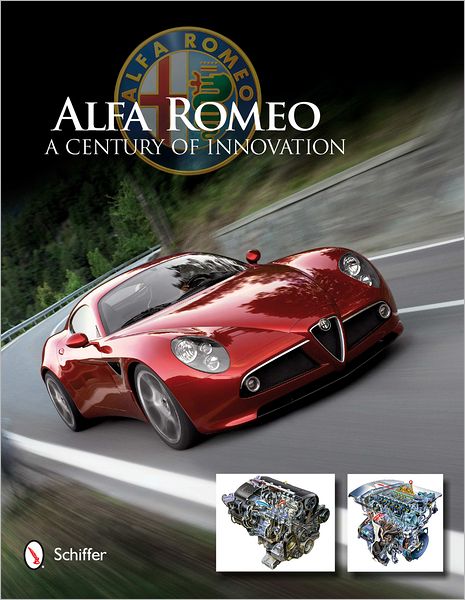
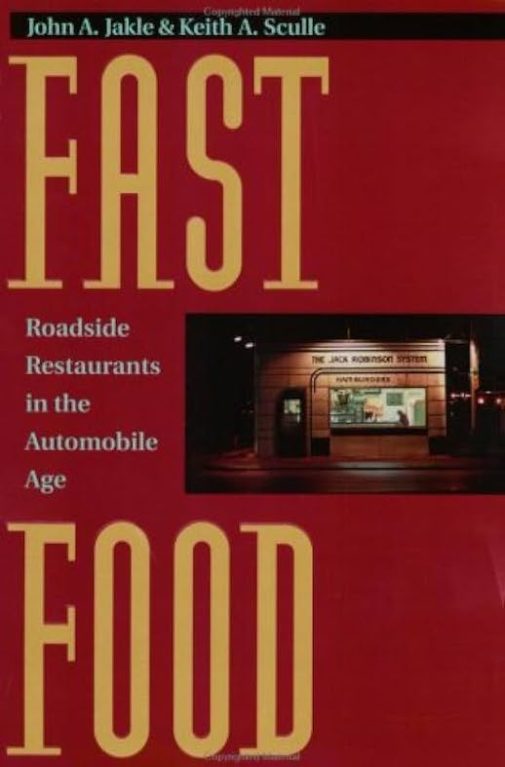

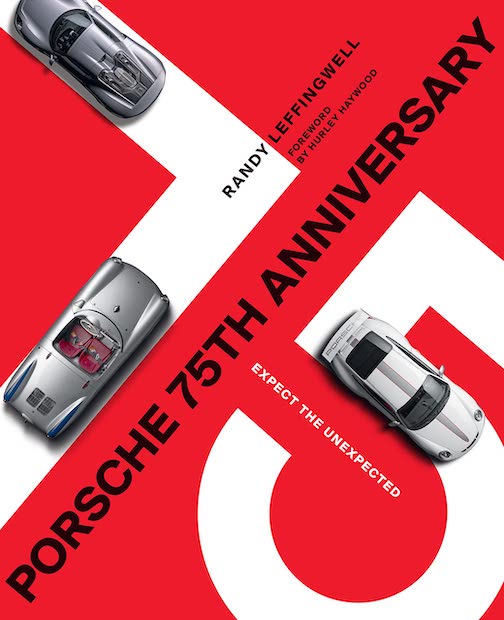
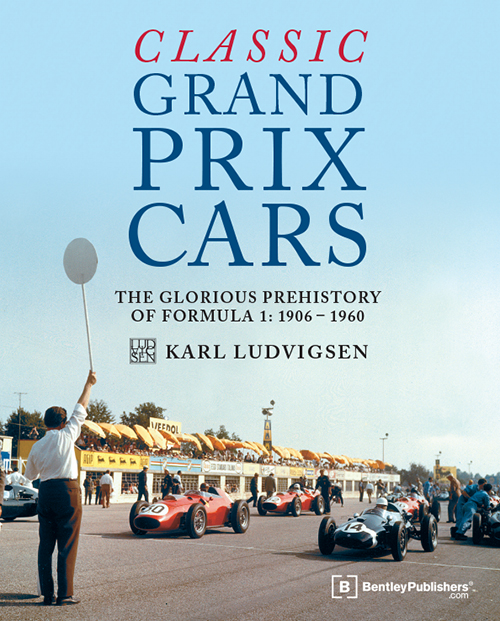

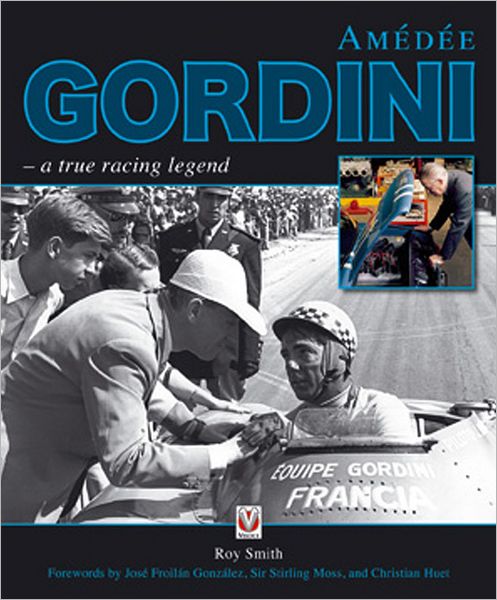






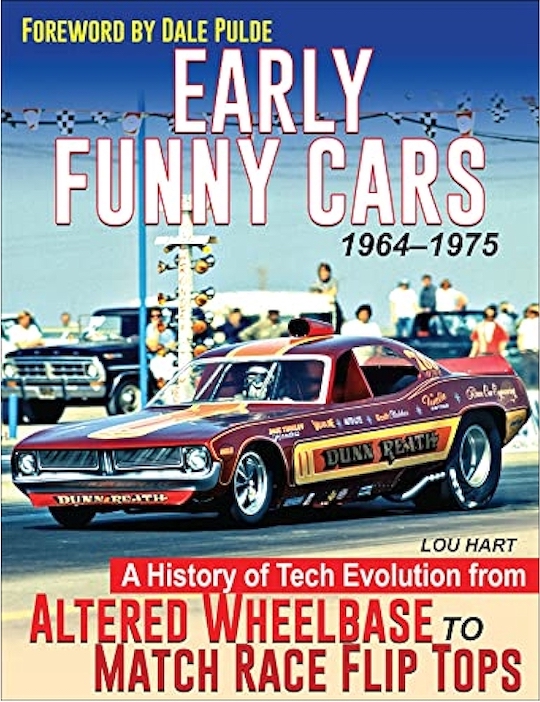

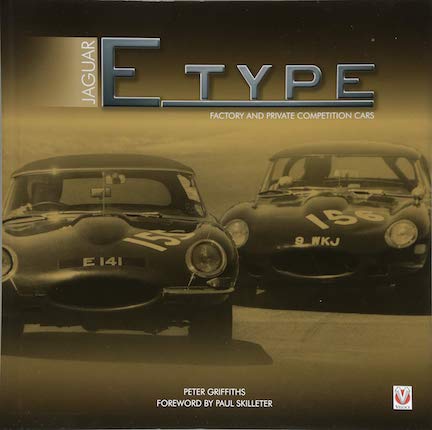



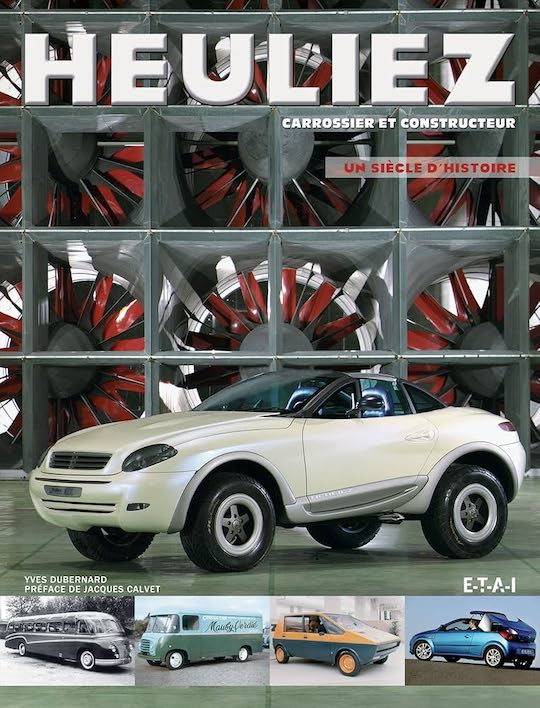





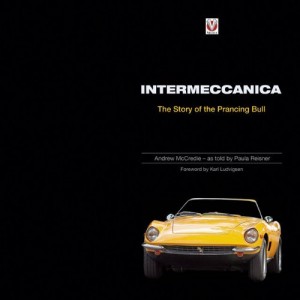
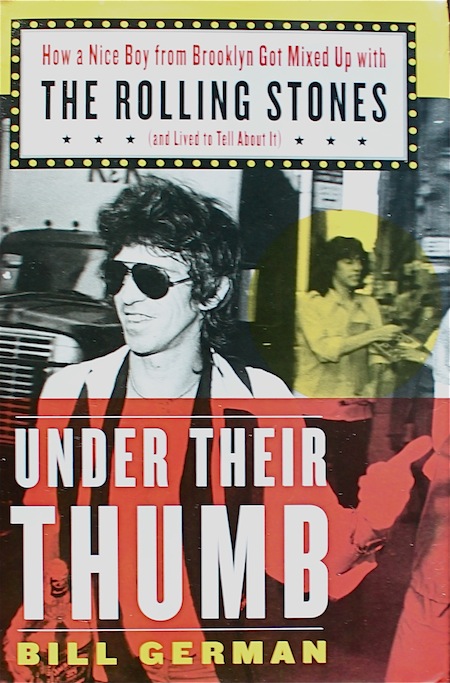




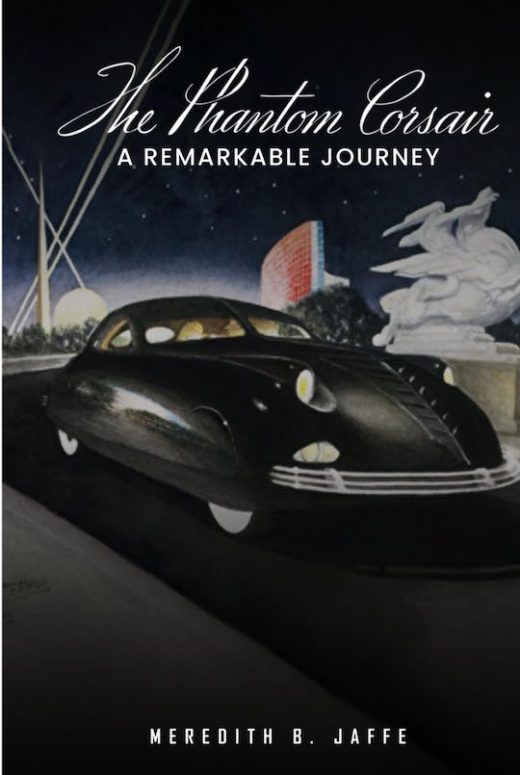
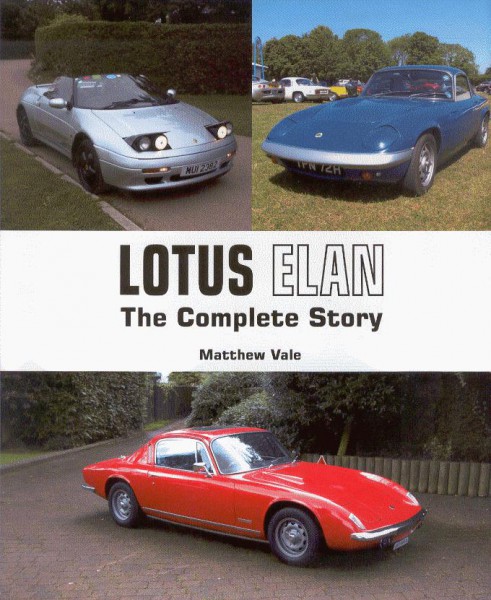

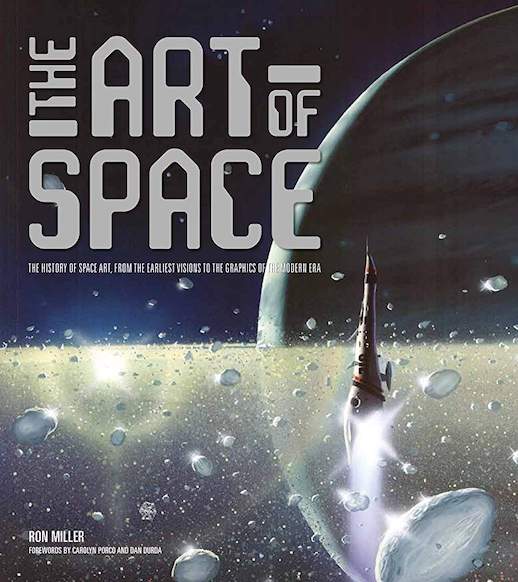


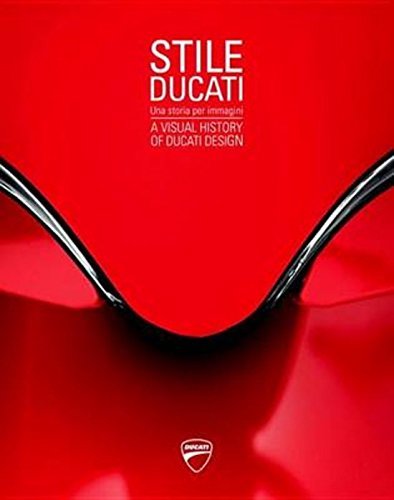


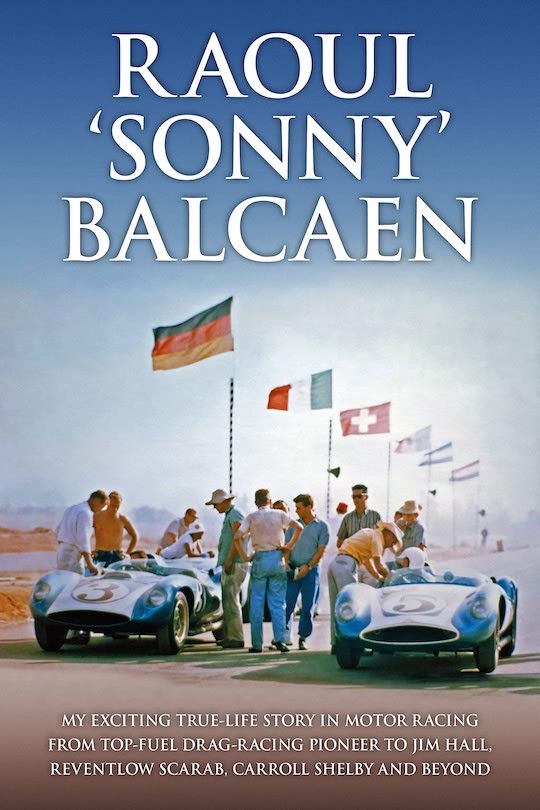

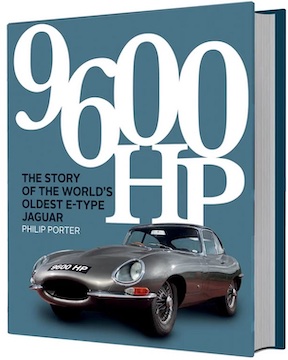
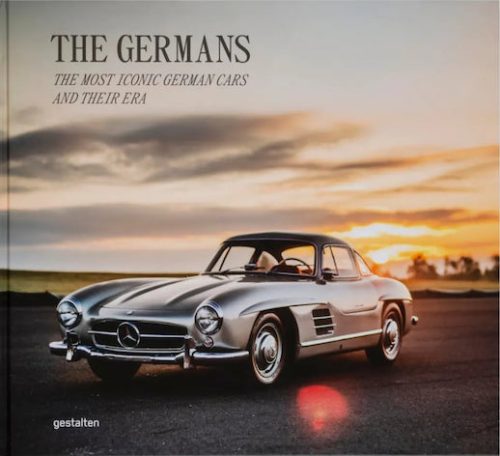
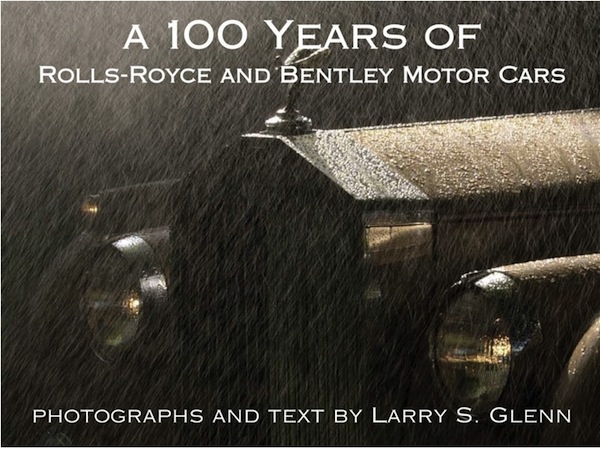


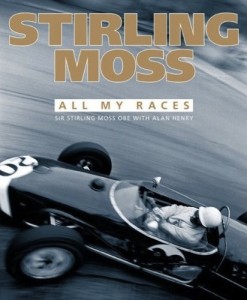
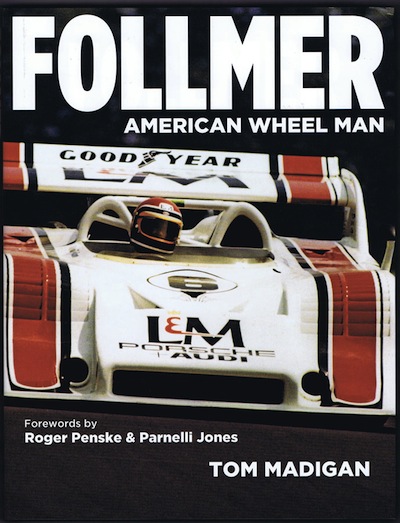

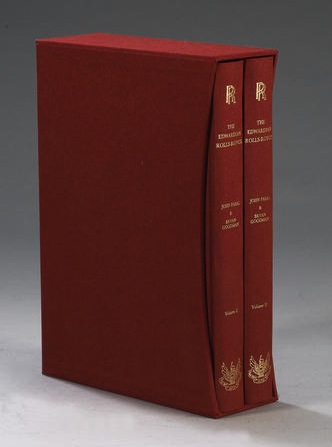





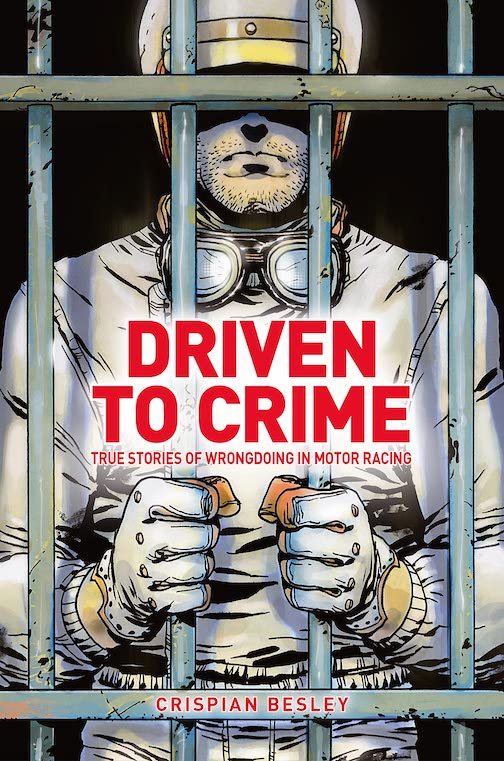



 Phone / Mail / Email
Phone / Mail / Email RSS Feed
RSS Feed Facebook
Facebook Twitter
Twitter